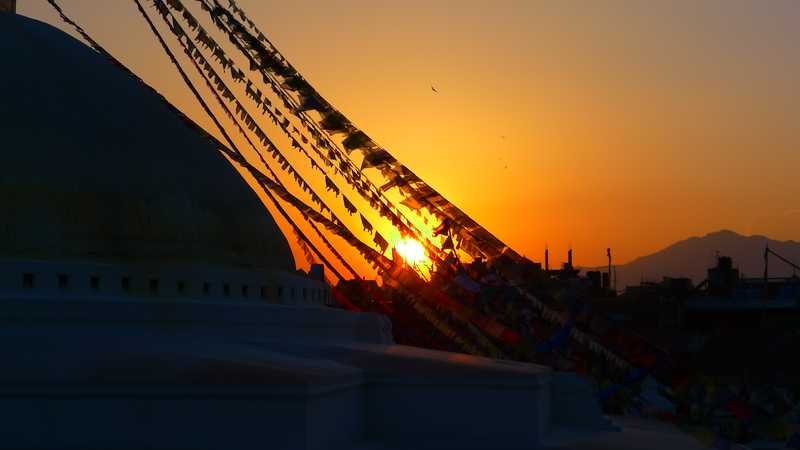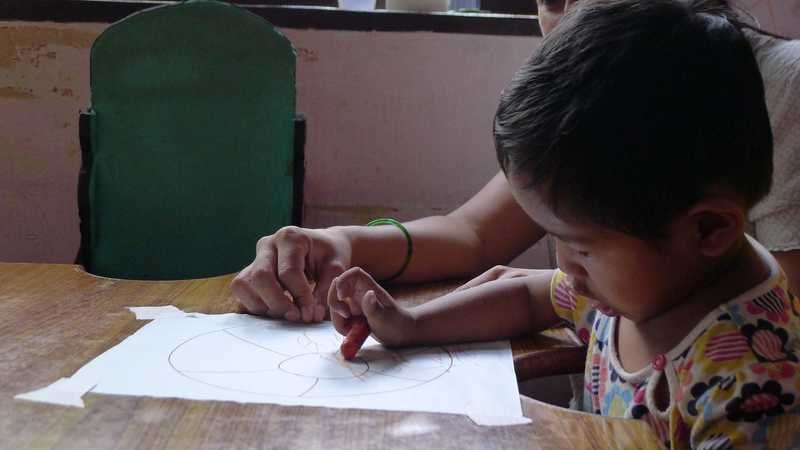Orphanages in Nepal
The struggle for survival is a daily quest for many Nepali people. In a country where nearly half the population lives below the poverty line, an unplanned pregnancy can lead to desperate acts. Many parents, left without options, resort to the unthinkable and children are deserted by the riverside, in a field, or sold for a price. The lucky ones are rescued and taken to one of the many overcrowded orphanages in the country, but the hardships continue.
Private orphanages in Nepal are bound by many restrictions and receive no financial support from the government. The few homes that are public are overcrowded, under-staffed, and mismanaged. In 2010 though, everything changed.
Due to a broken system, systemic corruption was found throughout the adoption process. For each international adoption that occurred, the orphanage that the child had been adopted from would receive US$5,000. Since there is no government support, this money was intended to sustain the rest of the children until the next adoption occurred. However, in a country where most live on less than $2 a day, $5,000 can draw unseemly action, and trafficking began. Despite being told repeatedly by international bodies to address the corruption issue, the Nepali government failed to act, so on August 10, 2010, international adoption by US parents was closed.
There are arguments for and against this action. Regardless, the result has sentenced thousands of children to a life of institutionalization. It has been 2.5 years since adoption was closed, and with the majority of adopted children around the world under the age of four, an entire generation of children living in Nepal's orphanages will in all likelihood, grow up and age out of the system, never having the chance at a family.
It is for this reason that we started Sunsar Maya, to give these children an opportunity for the education that they should have received from the parents they will never know.
The Kids Head to School
Almost everyone who comes to Nepal leaves with the certainty that without proper education for the children, many of the problems in this country will never be solved. Education at the Kathmandu orphanages is often not a priority and funding is just enough for basic primary needs, such as food and clothing. In our organization, our primary goal is to provide orphans with the resources needed for a quality education.
When we first came across Sahayogi Samaj Nepal orphanage, the two eldest children, Supriya and Sulav, had been in school for a year, but needed the uniforms required for Year Two. Five more children were of age and ready to start school, but unfortunately, there weren't enough funds for uniforms or tuition.
Quickly after its founding, Sunsar Maya provided the money to enroll all seven children and get the required uniforms and supplies. The kids head to school every morning now, each with a smile and their own backpack filled with books and crayons. They return with excitement and stories from the day.
An inspiring case is Richa (see photo), an incredible child born with multiple disabilities and in need of special care. A previous donor had provided the money for weekly physical therapy, but the costs of transportation (usually by taxi) to and from the institution were too high and could no longer be afforded. That’s when we found SERC (Special Education and Rehabilitation Centre for Disabled Children). Richa is picked up every morning by the school van and dropped off at home in the afternoon. At SERC, Richa receives physical therapy, speech therapy, music and art therapy, and a specialized education. In her assessment, the director of the institution said that with this new therapy Richa is already feeding herself, learning to speak and identify her needs, and there is hope that Richa may be able to stand and possibly even walk one day.





